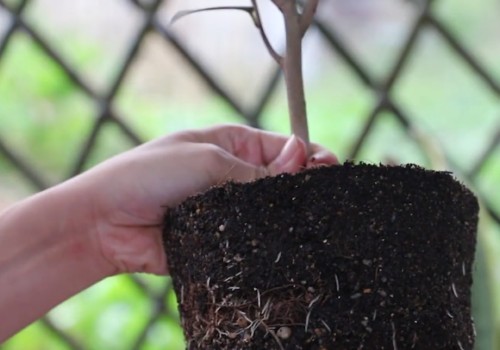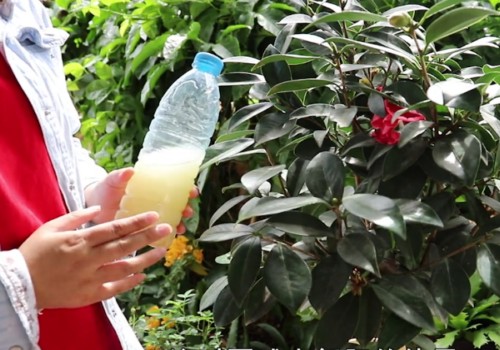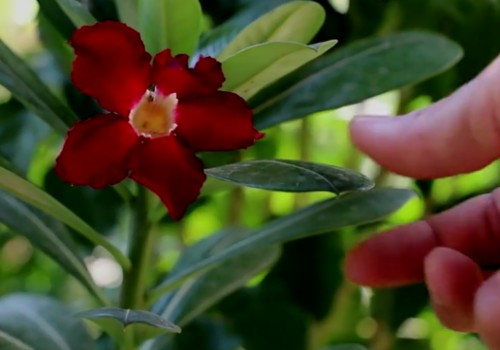How to deal with the rotten root in the flowering stage of camellia
With the quiet coming of winter, it is time for camellias to blossom again unconsciously. The flowering of camellias usually begins at the end of winter. Nowadays, many potted camellias have appeared a large number of buds in their homes, making full preparations for the next flowering. But at this time, the maintenance and management should be very careful, so as to ensure that the camellias bloom a lot of large flowers.

However, there are a small number of potted camellias in the home is a different scene, not only did not wait for the camellias to bloom, and even encountered the phenomenon of plant death. What on earth is going on? In fact, the death of the plant at this time is most likely due to serious root damage.
When the root of camellia is seriously damaged, the root can not normally transport nutrients and water to the plant, which will not only lead to lack of nutrition, but also cause plant dehydration and death. So, how should we deal with it at this time?
First of all, we need to take the plant out of the pot, and then take a closer look at the roots. If the root does rot, we need to change the basin and soil immediately. But before returning to the basin, be sure to pull out the soil, clean the roots, then cut off the rotten roots and sterilize them, and finally put them on the basin.
After finishing the pot, fertilization is a problem. After all, the original plant is full of buds, and it needs a lot of nutrients to make it bloom. So, do the camellias that have just changed pots need to be fertilized immediately? In fact, for novice friends, generally can not be fertilized, even watering can not be too much, otherwise it may aggravate the degree of root decay. As for veteran friends, it is often necessary to apply fertilizer as appropriate after a month.
And even after a month of fertilization, it is necessary to stay away from the root system of the plant and be as close to the inner edge of the flowerpot as possible, otherwise it is also easy to cause secondary damage. And the fertilizer selected at this time can not use quick-acting fertilizer, although the effect of quick-acting fertilizer is relatively fast, it will often further damage the roots of the plant because of the quick effect of fertilizer.
Of course, if we pull out the plant, we find that the root has completely rotted, and the plant has almost withered. So, let's just throw it away and make other plans as soon as possible.
Time: 2019-05-28 Click:
- Prev

Why does the camellia bud not blossom?
Camellia not only has thick green leaves, but also has a beautiful and gorgeous flower pattern. It is a very suitable flower plant for potted plants. Although camellias look good, sometimes they are not so easy to grow, especially if we want them to blossom smoothly as scheduled, it often takes us a lot of thought. Potted cultivation of camellias
- Next

How to raise desert roses in autumn and winter
Although the desert rose looks like a tree, it is actually a succulent plant with the characteristics of heat and drought resistance, so named because its flowers are as beautiful as roses. Because of the high ornamental value of this flower plant, it is often planted as a family pot, which can not only be appreciated, but also embellished the environment. But
Related
- Fuxing push coffee new agricultural production and marketing class: lack of small-scale processing plants
- Jujube rice field leisure farm deep ploughing Yilan for five years to create a space for organic food and play
- Nongyu Farm-A trial of organic papaya for brave women with advanced technology
- Four points for attention in the prevention and control of diseases and insect pests of edible fungi
- How to add nutrient solution to Edible Fungi
- Is there any good way to control edible fungus mites?
- Open Inoculation Technology of Edible Fungi
- Is there any clever way to use fertilizer for edible fungus in winter?
- What agents are used to kill the pathogens of edible fungi in the mushroom shed?
- Rapid drying of Edible Fungi

